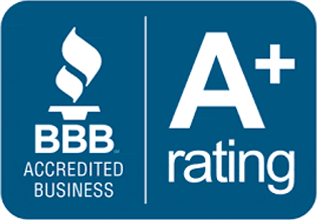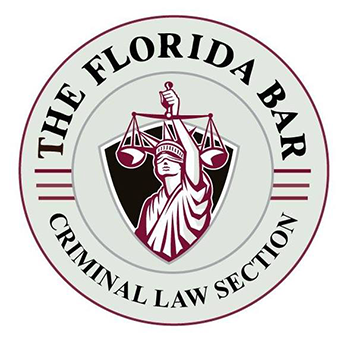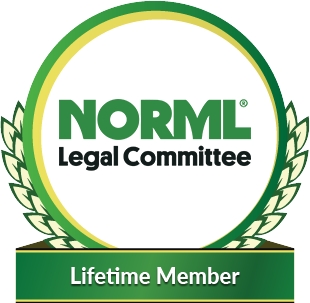Victims Claiming Seized Cryptocurrency
What happens with a federal agency seizes cryptocurrency stolen from a victim? If the government is awarded the cryptocurrency as part of criminal forfeiture, the victim might file an ancillary claim. If the government seizes the cryptocurrency for a civil asset forfeiture proceeding, the victim may have standing to file a verified claim.
Recent examples of cryptocurrency seizures recovering assets belonging to victims include:
In Case 1:25-cv-01241-MAD-PJE, filed 09/05/25, the United States seized 12,150,667.177773 USDT (≈ 12.15 million USDT) Tether cryptocurrency involve in a fraud scheme involving the use of fraudulent websites and apps designed to mimic Shakepay. In that case, since February 2022, at least ten (10) victims identified by the FBI were convinced to transfer custody of their cryptocurrency to the perpetrators under the guise of customer deposits to the Shakepay cryptocurrency exchange. Unbeknownst to the victims, they were actually given a link to a fraudulent imposter exchange called ShakepayEX. Later, the victims later discovered they were unable to withdraw funds and were being extorted for more cryptocurrency when attempting to withdraw their funds. At least for those ten (10) victims identified in the complaint, they are expected to receive a notice to claimants explaining how they can file a verified claim.
In Case 5:25-cv-06118-SRB, filed on 06/23/25, the United States seized 1,200,064.648288 USDT SEIZED FROM TWO TETHER ADDRESSES. The case involved victims of a cryptocurrency-based fraud scheme involving a purported gold trading investment platform accessible at www.bdswg.com known as BDex. The scheme involved criminals inducing victims to invest through BDex (www.bdswg.com), even though bad actors were stealing those assets.
Sometimes the amount seized is enough to make all the victims whole, and sometimes it is not. The victim might be encouraged to skip filing a verified claim, and instead let the court award the seized property to the government.
The victim might be told that instead of filing a claim, they should file a petition for remission or mitigation so that the government can decide what happens to their recovered property instead of the courts.
In some cases, the victim will recover more of their property if they file a claim instead of waiting to file a petition.
The problem with filing a petition, especially if there are not enough funds to make all the victims whole, occurs when they receive only a portion on a pro rata basis based on the government’s determination of the known and unknown victims. As a result, the government might end up keeping a substantial part of the seized property (that would otherwise have gone to unknown victims who are never identified), often without explaining how that determination was made, even to the known victims who cooperated with the investigation.
When the government files a complaint for forfeiture, it must typically serve any victims identified in the complaint with a notice to potential claimant, explaining the victim’s rights to file a claim to recover their cryptocurrency when it can be traced to what was seized by the U.S. Government.
The government’s complaint for forfeiture will request that the court:
- Issue a Warrant of Arrest in Rem, in the form submitted with this Complaint;
- Direct any person having any claim to the Defendant Cryptocurrency to file and serve their Verified Claims and Answers as required by 18 U.S.C. § 983(a)(4) and Supplemental Rule G;
- Enter judgment declaring the Defendant Cryptocurrency to be forfeited and condemned to the use and benefit of the United States; and
- Award such other and further relief to the United States as it deems proper and just.
When Victims Receive a Notice to Potential Claimant
How does the victim know their cryptocurrency was seized by a federal agent? The government is required to send the victim a “notice to potential claimant.” The notice might provide:
This Notice is intended only to advise you of your rights, and your receipt of this Notice is in no way intended to imply that the United States believes that you have a valid claim to any property subject to forfeiture.
You are being noticed pursuant to Rule G of the Supplemental Rules for Admiralty or Maritime Claims and Asset Forfeiture Actions as a person or entity who may have an interest in the property set forth in the Verified Complaint for Forfeiture in Rem, enclosed herewith.
A copy of Rule G is attached to this Notice for your reference. If you believe you have a right, title and/or a legal interest in or to the property, you must file a verified claim with the United States District Court within 35 days after the date this notice was sent to you.
The date that this notice was sent may be determined by the mailing date stamped onto the envelope by the United States Postal Service. Your verified claim must state the case name and number found on the Verified Complaint, and comply with the specifications set forth under Rule G(5), which is attached for your reference.
[The notice will tell you the address where the verified claim must be filed.]
If you have not yet retained an attorney, you may wish to seek counsel to assist you in filing a verified claim. However, you are not required to hire an attorney to file a verified claim
In the event you choose to file a verified claim, you or your attorney should refer to Rule G(5)(a)(i) of Supplemental Rules for Admiralty or Maritime Claims and Asset Forfeiture Actions, which addresses the requirements as to the form and content of a verified claim. Please note that Rule G(5)(b) requires a claimant to file a verified answer to the Verified Complaint or a motion under Rule 12 within 21 days after filing a verified claim.
The notice might also include a copy of “Rule G. Forfeiture Actions in Rem.”














